Mayflower
Many people from Europe wanted to leave their country for good, and start a new life in America. The first Europeans traveled in 1620 on a boat called the Mayflower. They hoped for a better life in America. Some of them came from England, and started their new life in Plymouth, Massachusetts, and were called pilgrims.
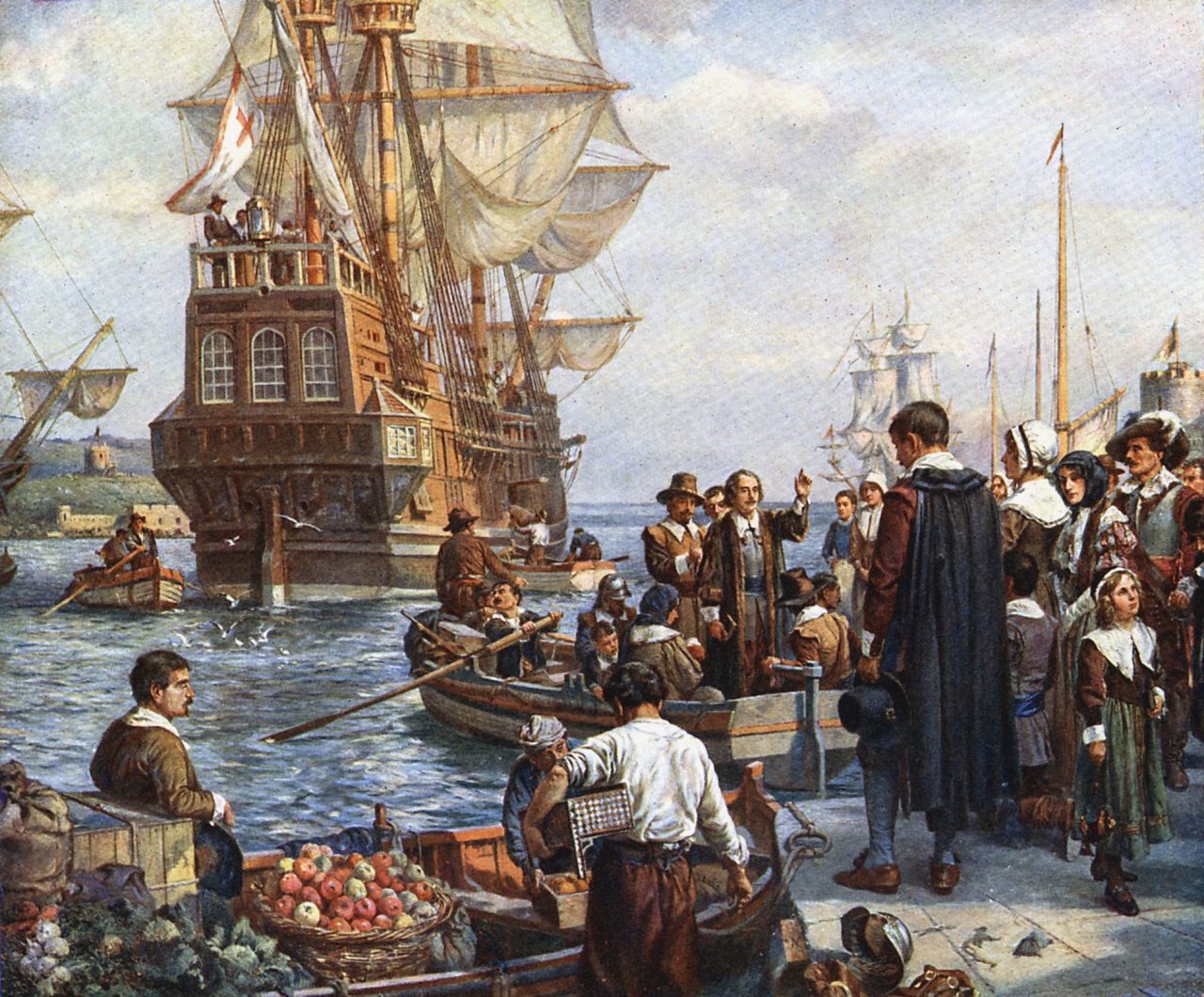
The first winter
The Mayflower came to the American east coast in November 1620. It was cold, and the pilgrims chose to stay on the boat. Almost half of the passengers died during the winter. The Native Americans helped the passengers on the boat, and later the people who stayed there, with food.


The thirteen colonies
The colonies belonged to Great Britain and the British King. They grew tobacco and cotton in the South. For this, they needed people to work, so slaves were brought over from Africa. In the North, there were fishermen, farmers, craftsmen and business people. The colonies became bigger and richer.
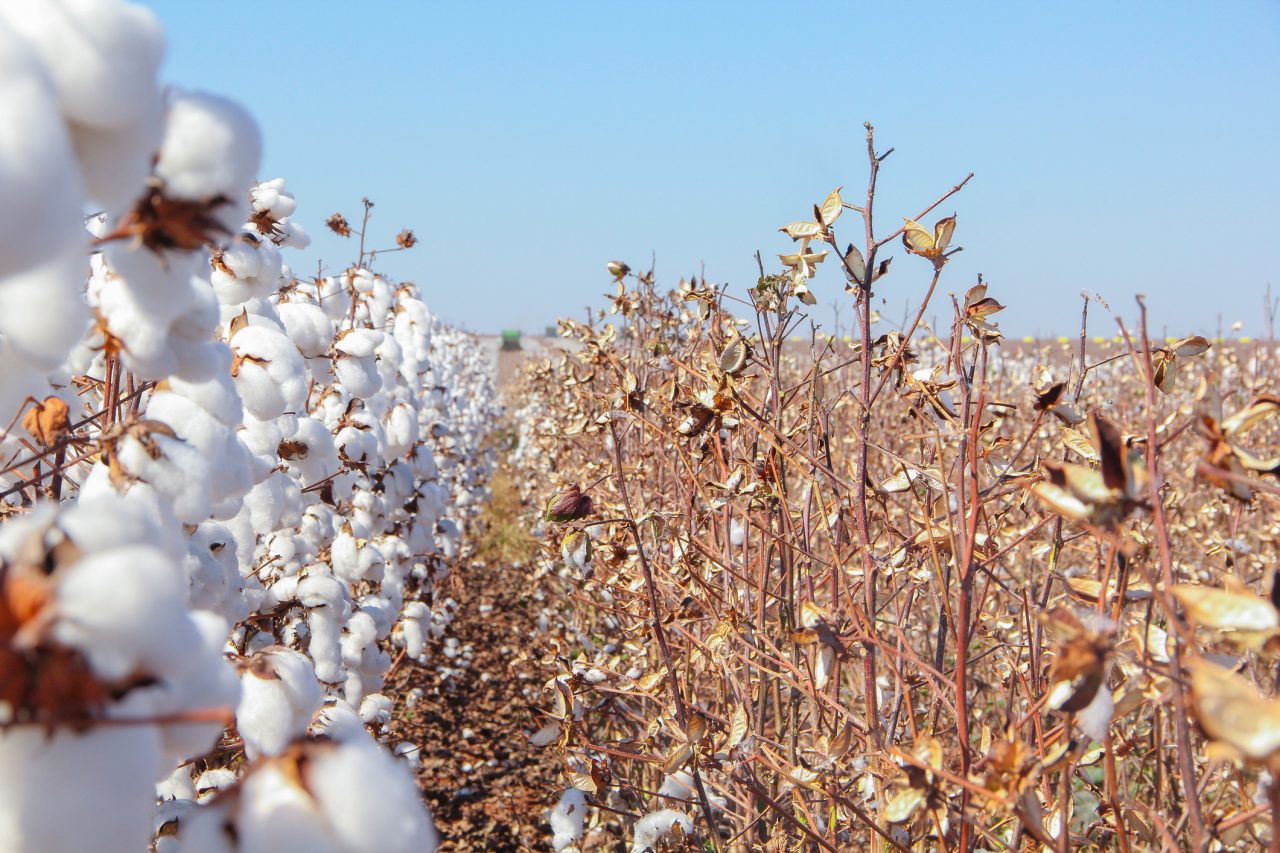
The Colonial Wars
The Colonial War was a battle over territories in America. British and French colonies fought against each other together with Native American tribes. Most fights were in the Ohio Valley. The war was won by the British.
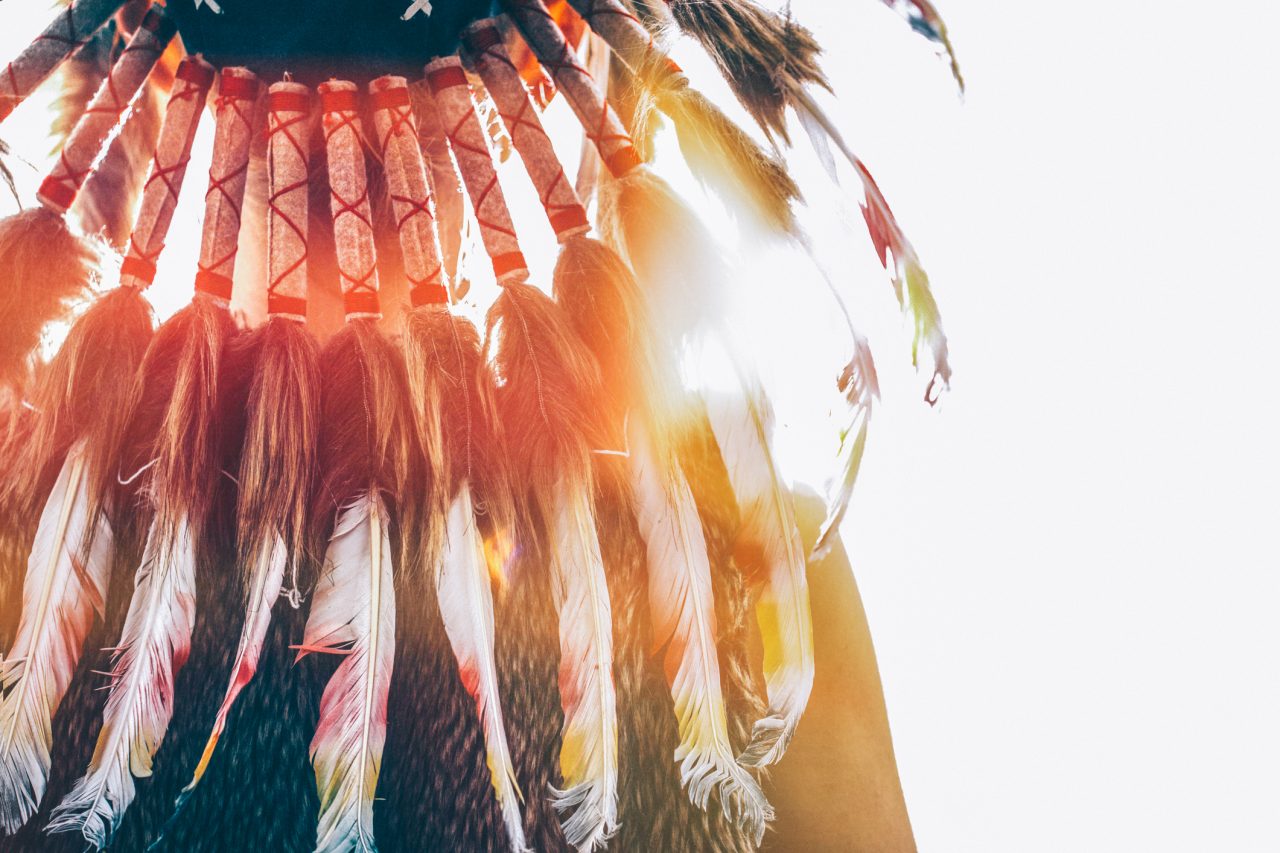
The king needs money
The British king needed money, and he made the taxes higher for the people in the British colonies. In the beginning, people were loyal to the king, but their children, who grew up in America, didn’t understand why they should pay the British king.
⬅ King George III ruled the United Kingdom and the colonies during the American Revolution.
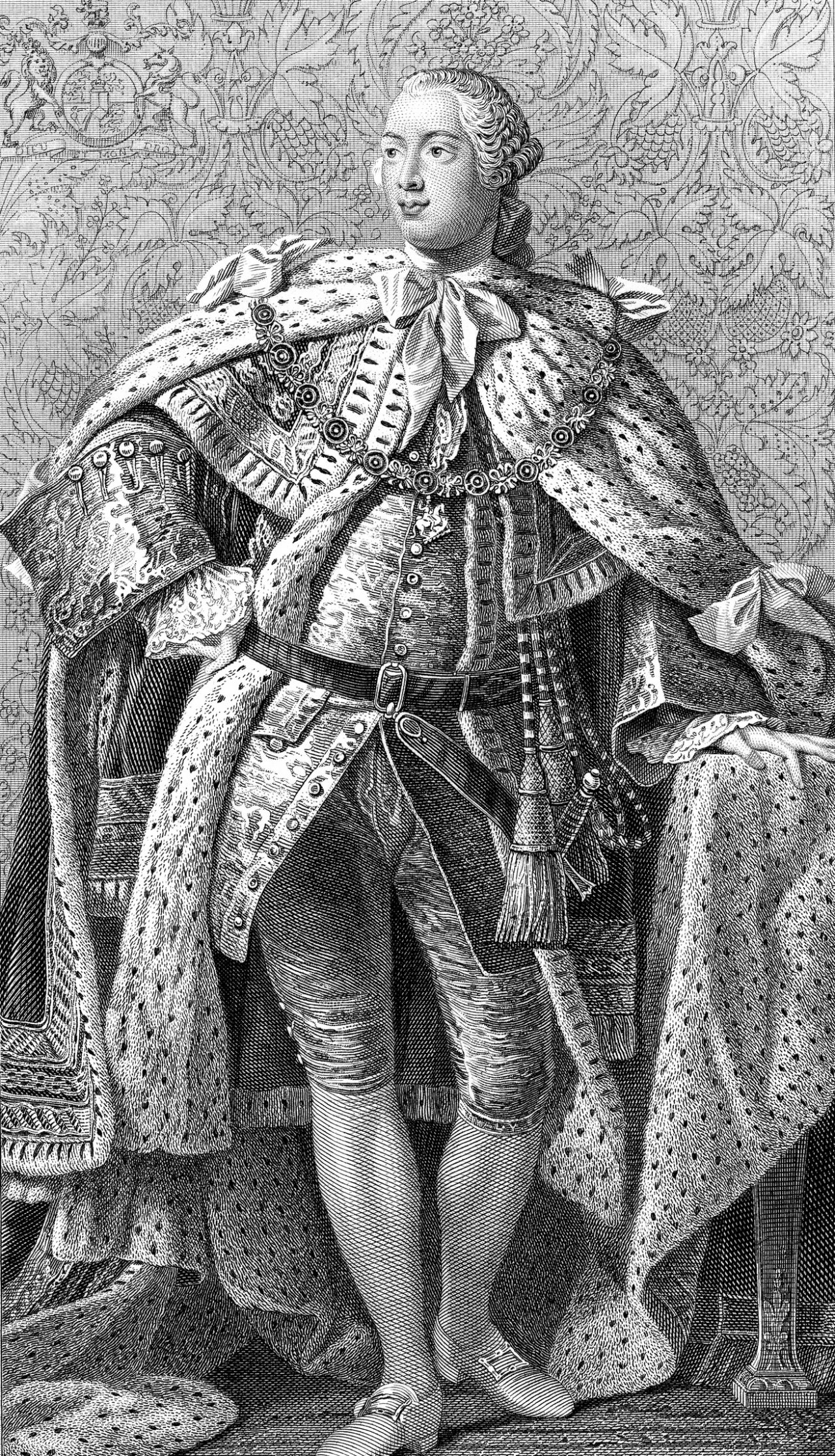
The Boston Tea Party
Tea was a popular drink in both the United Kingdom and America. People got angry when the British king raised the taxes on tea. So, in 1773, when three ships came to Boston, men threw the tea into the water. Relations between the colonies and the UK worsened.
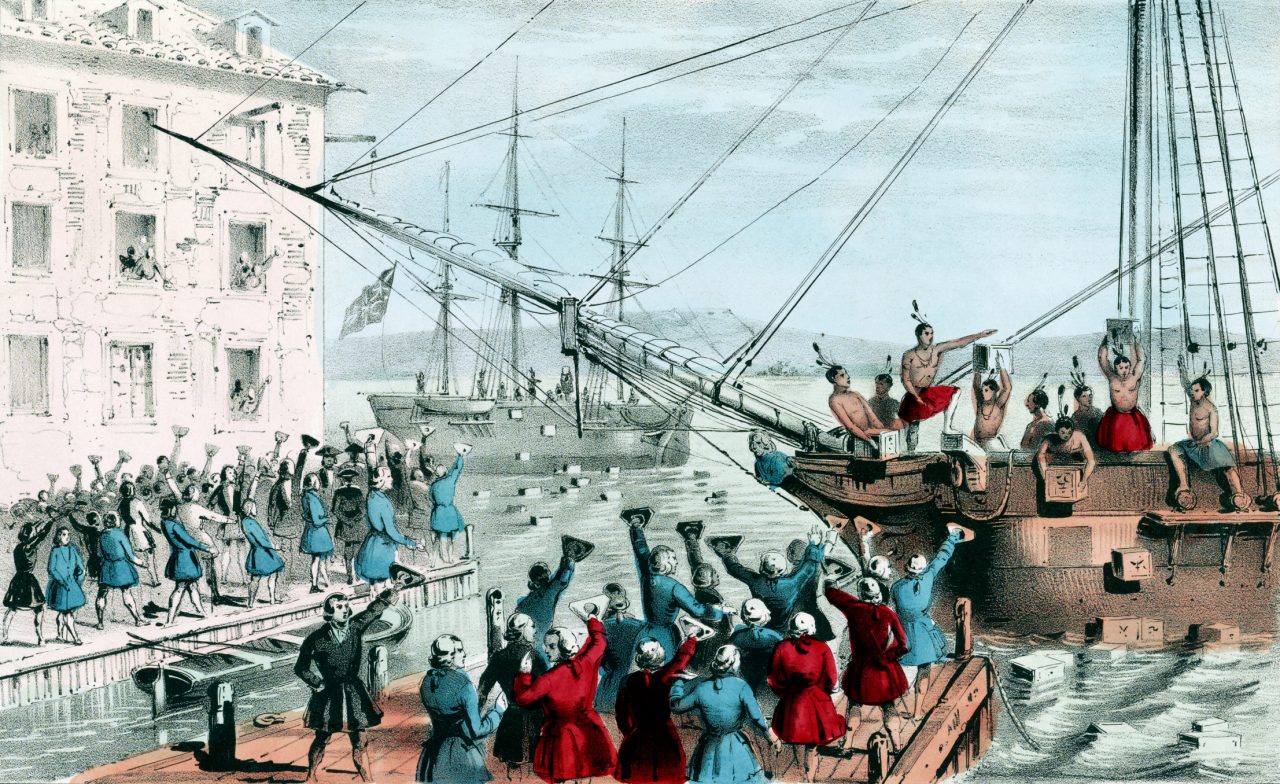
The American Revolutionary War
There was a war in 1775 between the colonists and British soldiers. The colonists were not well trained, and they didn’t have good equipment. They lost several times, and George Washington took over as the leader. The 13 colonies had gained a common enemy in the British soldiers.
⬅ Illustration of George Washington and his men crossing the Delaware River during the Revolutionary War.
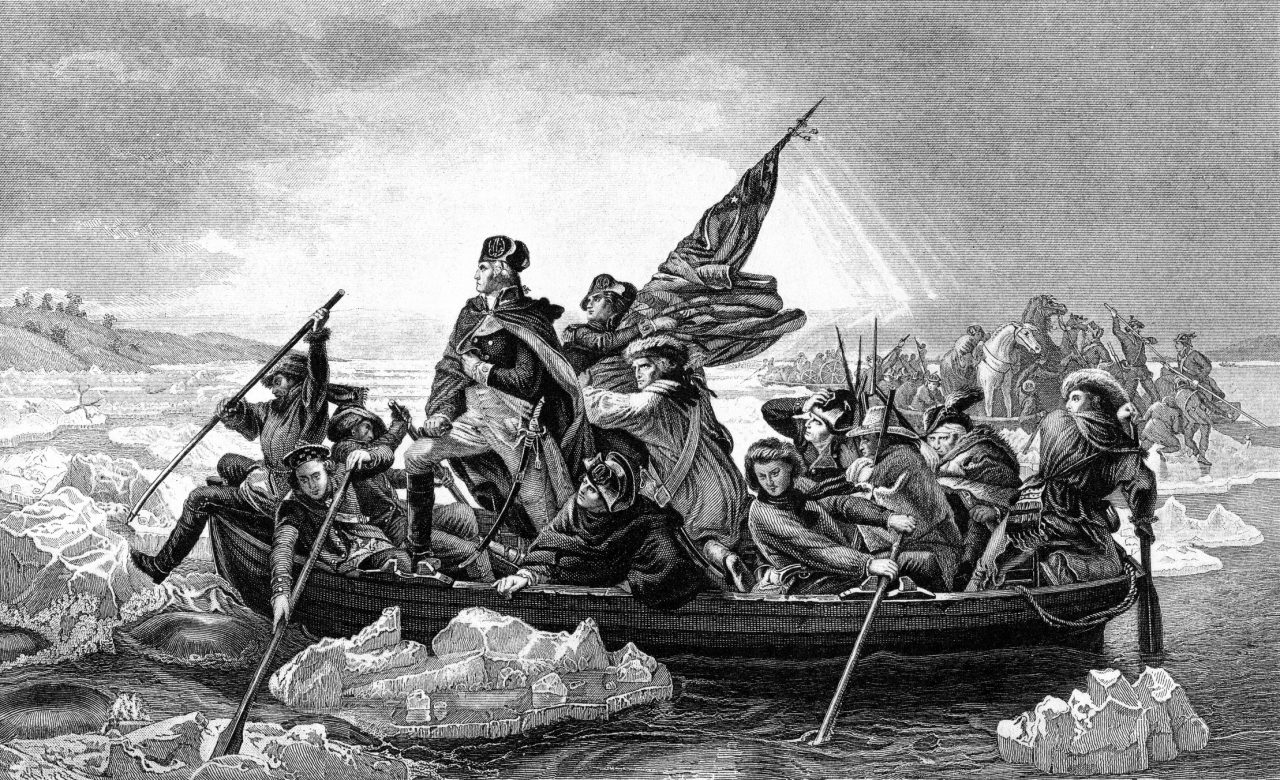
The Declaration of Independence
The 13 colonies decided to form a union. It was time to be independent. A declaration of independence was made. Now, Great Britain couldn’t make laws for the colonies anymore, and the colonies could keep the money raised through taxes. The 4th of July is celebrated as the birth of the US independence because on that day in 1776 the Declaration of Independence was approved.

The war continues
The war continued because the British king did not accept the declaration. The French colonists supported the British colonists and now helped them in the war. But in October 1781, the British admitted the loss.
The surrender of Yorktown in 1781 marked the end of the War of Independence. ⮕
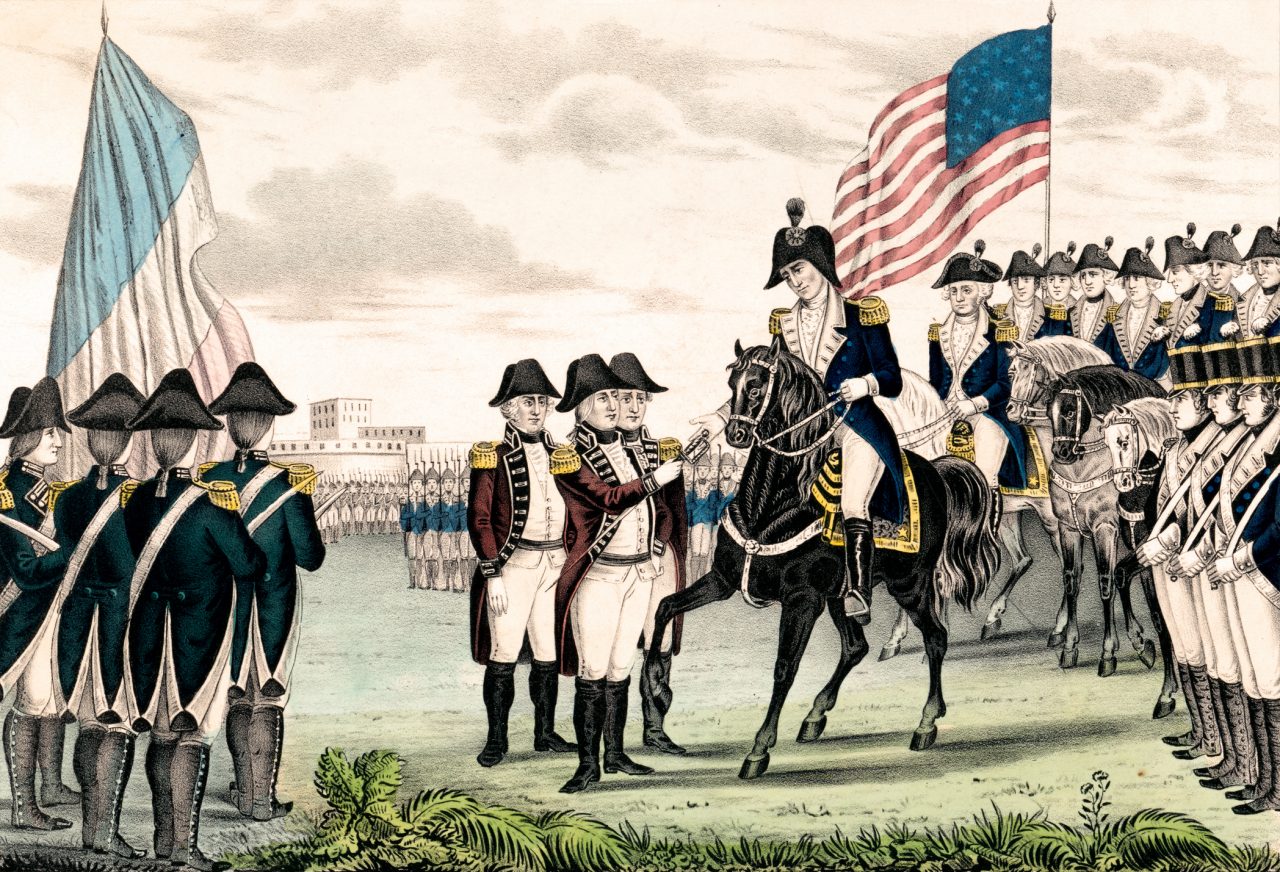
A declaration for all?
The American Declaration of Independence begins like this: “We hold these truths to be self-evident, that all men are created equal, that they are endowed by their Creator with certain unalienable rights, that among these are life, liberty, and the pursuit of happiness.”
But women had no rights. Slaves had no rights. The native peoples had no rights.

The indigenous peoples suffer
The Native people were in America long before the Europeans. They have been pushed away and ended up in reservations. Old tribes were wiped out. People seem to have forgotten that it was the native people that helped the pilgrims in the first place.
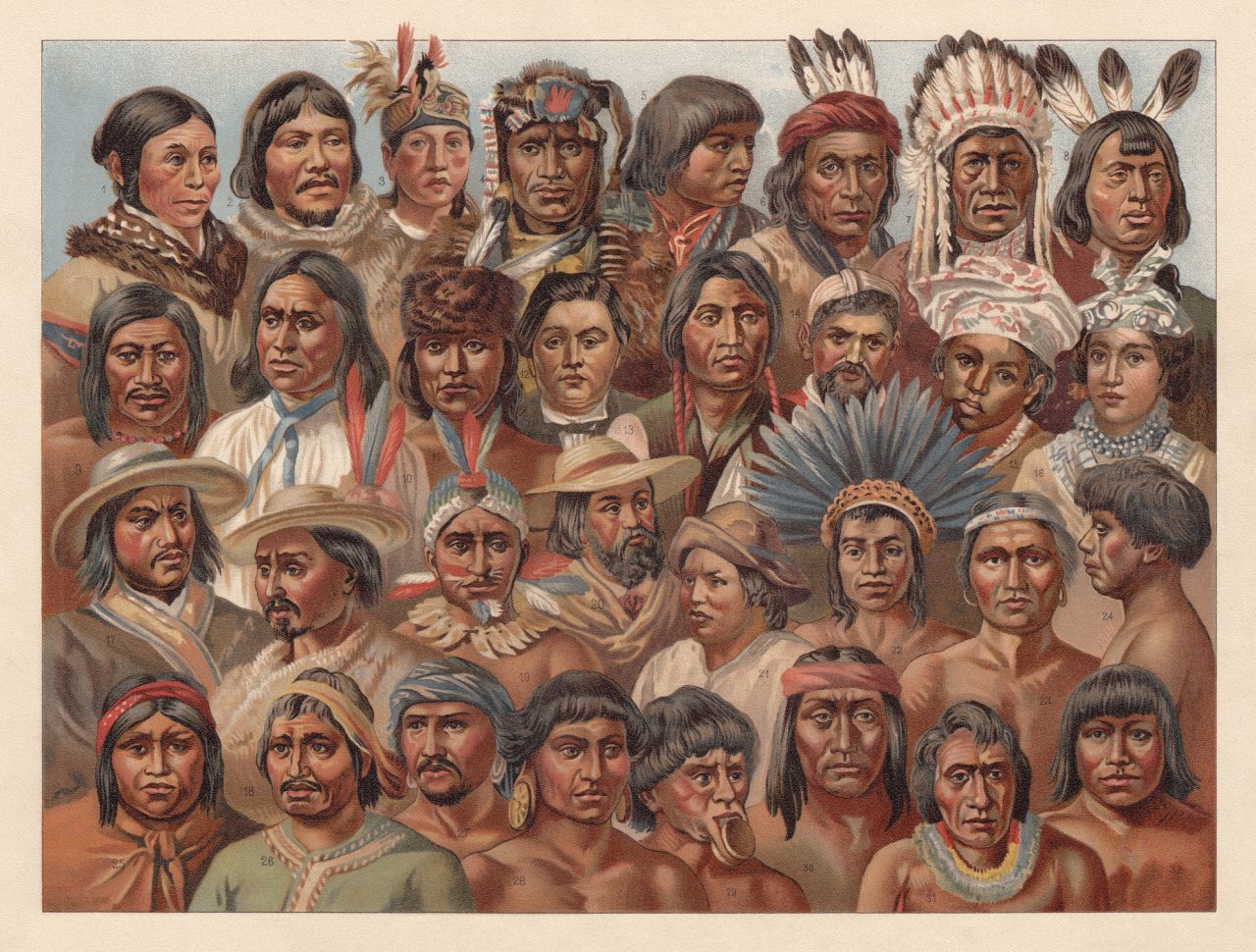
The Declaration of Independence becomes important outside of the United States
Because of the American Revolution and the Declaration of Independence from 1776 changes were made. Both the French Revolution and the Norwegian constitution have taken ideas from the US Declaration of Independence.

Tea Party
Sources:
- History.com (24.11.2020): George III
https://www.history.com/topics/british-history/george-iii
- Mennesket.net (24.11.2020): Den amerikanske revolusjon
https://www.mennesket.net/nyere-historie/revolusjoner/amerikansk-losrivelse/
- Sirevåg, Torbjørn: USAs historie i Store norske leksikon på snl.no.
Hentet 24. november 2020 fra https://snl.no/USAs_historie
- Britannica (16.09.2022): Text of the Declaration of Independence
https://www.britannica.com/topic/Declaration-of-Independence/Text-of-the-Declaration-of-Independence
Media Rights:
-
-
Getty Images
-
Getty Images
-
Getty Images
-
Getty Images
-
Getty Images
-
Getty Images
-
Getty Images
-
Getty Images
-
Getty Images
-
Getty Images
-
Getty Images
-
Getty Images
-
jimkaiser1 – Youtube
-
